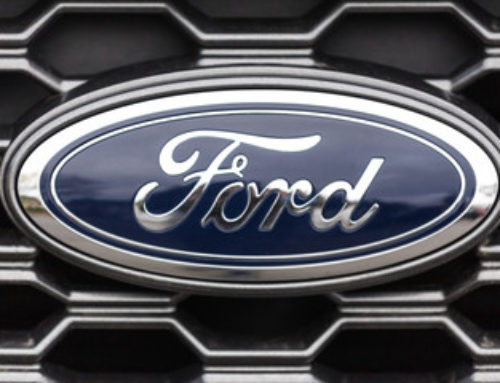As our vehicles become more intelligent, one feature you might want to learn more about is Adaptive Cruise Control. When activated, this technology automatically slows down or speeds up to keep your speed set where you want it. This also keeps pace with the car in front of you so if they slow down, you slow down. You can choose your following distance usually based on car lengths.
Adaptive Cruise Control Capabilities
Once set, adaptive cruise control provides limited braking or full control braking to maintain the set distance. If the car in front of you slows down or stops, so will yours. Each vehicle offers different braking capabilities, so be sure to check your owner’s manual to find out what yours can do. Some slow you to 10mph and then alert you that the rest of the braking is your job. Others take you to zero and wait for your command to start again. Others slow down and preload the brake pedal for an emergency stop.
Depending on your vehicle, various sensors from radar or cameras read the road ahead of you and respond to the cars in your lane. Some vehicles read the road signs and warn you when it’s a No Passing zone car the Speed Limit changes.
How it Works
As with standard cruise control, you need to accelerate to your chosen speed and turn on the adaptive cruise control. Set how close you want your distance to the vehicle in front of you to be, and go! Each vehicle has a different way of setting the gap between vehicles, either by distance or seconds.
Things to Remember
Even with advanced technology, it’s still important to be aware of the traffic and changing road conditions around you. Both standard and adaptive cruise control are best used in ideal weather conditions, not during rain, ice, or snow. You may also need to keep the sensors clean. Adaptive cruise control might not work in tunnels or stop working if snow covers the sensors.
Take time to get to know how your car’s cruise control works, so you can get the most out of it. These features enhance your experience and are always under the control of the driver. Once experienced, most drivers set this technology as a benchmark that they are not willing to live without.






